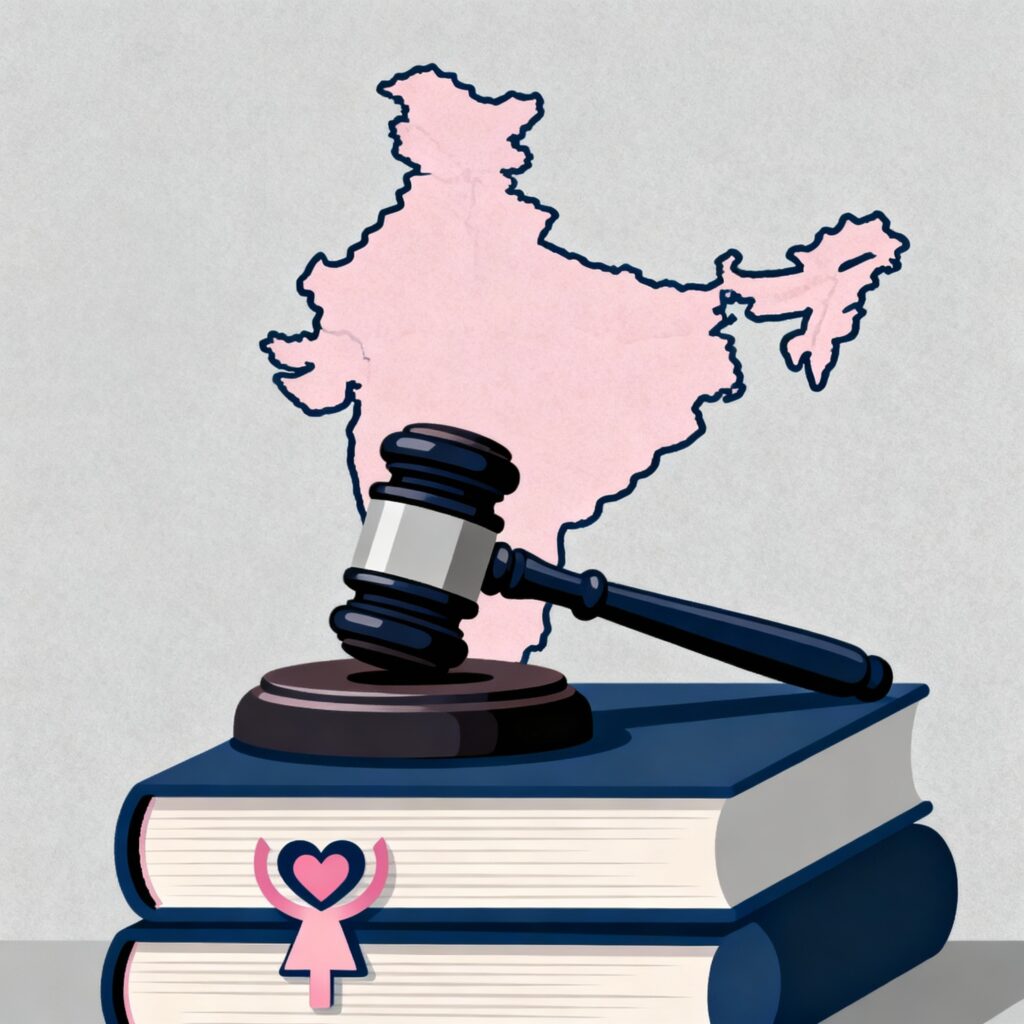Published On: 27th November, 2024
Authored By: Inshirah Azmi
Faculty of Law, Aligarh Muslim University, Aligarh
Case Title– Om Prakash v. State of Uttar Pradesh, AIR 2010 uttra 64
Citation– 2010 AIR UTR 64
Judgment By– B. S. Verma, J.
Date of Judgment– 9 December 2009
Facts
Sri Tota Ram, the petitioner’s father, bought 2.41 acres of land in Village Dhrovepur, Kotdwar, District Pauri Garhwal via an agreement for sale that was finalized on 25-08-1969 by Sri Kedar Singh. In 1990, the petitioners dispatched a notice under Section 80[1] of C.P.C to the Collector, Pauri Garhwal, claiming adverse possession of the property and warning of a potential lawsuit for declaration under Section 229-B[2] of the U.P Z.A & L.R Act if their name was not included in the revenue records. The petitioners initiated legal proceedings in the Court of Assistant Collector, Kotdwar, pursuant to Section 229-B of the U.P.Z.A & L.R Act, resulting in a favourable judgment.
The inquiry led the Collector to determine that the purported agreement in favor of the petitioners was not properly stamped. Consequently, he levied a stamp duty of Rs. 33,547.20 and a penalty of Rs. 1000, as per the market value prevailing in the year 1991, through his judgment and order dated 19-2-1991. The dissatisfied petitioners lodged a Revision No. 1 of 1991 before the Chief Controlling Revenue Authority under the Stamp Act. The Commissioner of Garhwal Division dismissed the revision on 18-7-1991 and upheld the judgment and order issued by the Collector of Pauri Garhwal.
Issue
Whether the orders issued by the Collector of Pauri Garhwal on 19-2-1991 and the Commissioner of Garhwal Division, Pauri Garhwal on 18-7-1991 incorrect and should be invalidated?
Relevant Law
- Section 80 of the Civil Procedure Code (C.P.C)
- Section 229-B of the U.P Z.A and L.R Act
- Section 33 of the Indian Stamp Act, 1899
Arguments
Petitioner:
- The petitioner, dissatisfied with the order issued during the revision, filed this writ petition on various grounds. One of the main arguments put forth was that neither the petitioner nor his father had received any title or rights through the alleged document, known as ‘Tehreer’, which was supposedly executed on 5-8-1969 by Sri Kedar Singh. It was pointed out that Sri Kedar Singh was neither the owner nor the bhumidhar (landholder) of that land, and therefore lacked the necessary authority to execute the said ‘Tehreer’. On the relevant date, Sri Manohar Lal was recorded as the bhumidhar.
Respondents:
- The State has submitted the counter affidavit, asserting that the valuation of the land in question was examined under Section 47-A of the Indian Stamp Act. It was determined that the transaction was illegal, resulting in revenue loss for the Government. Additionally, it was discovered that the land was irrigated, with a circle rate of Rs. 96,000/- per Bigha.
Rationale
The contentions put forth by the State Counsel are unfounded. This provision solely empowers the Collector to act in the scenario of registered documents and their copies, while sub-section 3 of Section 47-A[3] allows for action to be taken on the copy of the instrument within four years from the execution of the documents. The only section that addresses the examination and impounding of instruments is Section 33 of the Indian Stamp Act,1899.
The Collector, in response to the notice under Section 80 C.P.C on behalf of the State, erred by failing to consider the proviso of subsections (4) and (5) of Section 33. These subsections specify that no action can be taken after four years from the date of execution of the instrument. The alleged agreement was executed on 25-8-1969, and the Collector took action in the years 1988-1989, which exceeded the four-year time limit. It can be inferred that the copy of the instrument was presented to the Collector before he performed his normal functions, and the Collector made a clear legal mistake.
It should be noted that the aforementioned provision was amended. This amendment allowed for an action to be taken within a period of four years with the prior permission of the State Government but before eight years from the date of executing the instrument. However, this provision does not apply to the petitioners as it was not made applicable retrospectively. Furthermore, the action taken by the petitioners occurred after a lapse of eight years. Therefore, both the orders dated 19-2-1991 (Annexure No. 2) and the order dated 18-7-1991 (Annexure No. 4) are erroneous and should be overturned.
Judgment
The writ petition was approved. The rulings issued by the Collector, Pauri Garhwal on 19-2-1991 and the Commissioner, Garhwal Division, Pauri Garhwal on 18-7-1991 were set aside. All pending applications have been addressed accordingly.
Analysis
The writ petitioner filed a legal petition challenging a purported document signed by Sri Kedar Singh, asserting its invalidity on the grounds of lacking authority. In response, the State argued that the land transaction was illegal, leading to a loss in revenue and that the possession of the land was not acquired through adverse possession but through a transaction akin to a sale. The State’s reliance on Section 47-A(3) of the Stamp Act for recovering deficient stamp duty was considered baseless as it only pertains to registered documents, not copies. Section 33 deals with the examination and impounding of instruments. The provision allowing action within four to eight years from the date of executing an instrument was not retrospectively applicable to the petitioners, whose action took place after eight years, making the Collector’s orders in 1988-89 erroneous and subject to annulment. The writ petition contesting the Collector and Commissioner’s orders dated 19-2-1991 and 18-7-1991 has been granted, resulting in the annulment of said orders and the resolution of pending applications. This decision highlights the correct interpretation of statutory limitations and emphasizes the importance of time-bound enforcement under the Stamp Act.
Reference(s):
[1] The Code of Civil Procedure, 1908
[2] Uttar Pradesh Zamindari Abolition and Land Reforms Act, 1950
[3] Indian Stamp Act,1899




